Physical Address
304 North Cardinal St.
Dorchester Center, MA 02124
Physical Address
304 North Cardinal St.
Dorchester Center, MA 02124
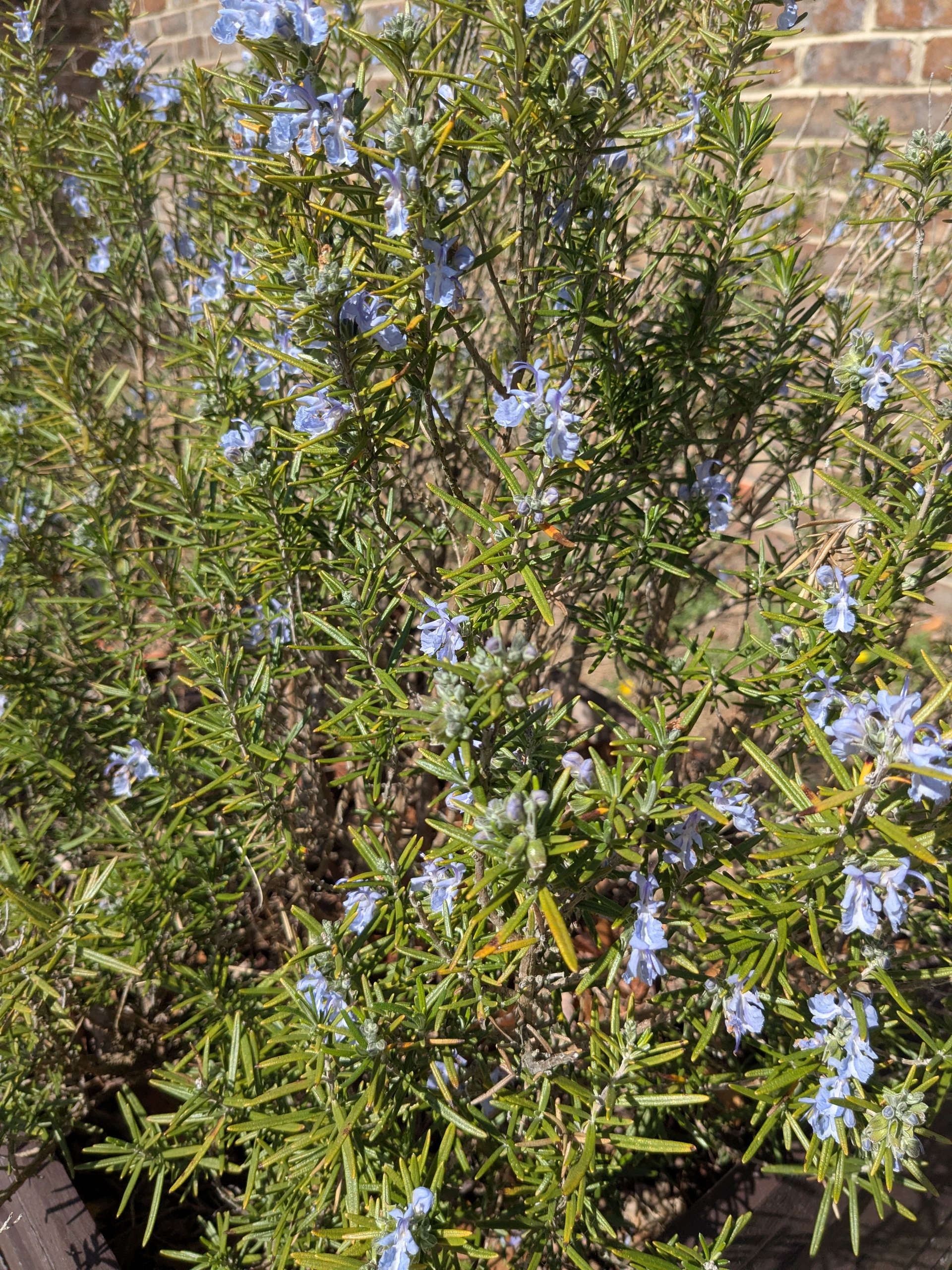
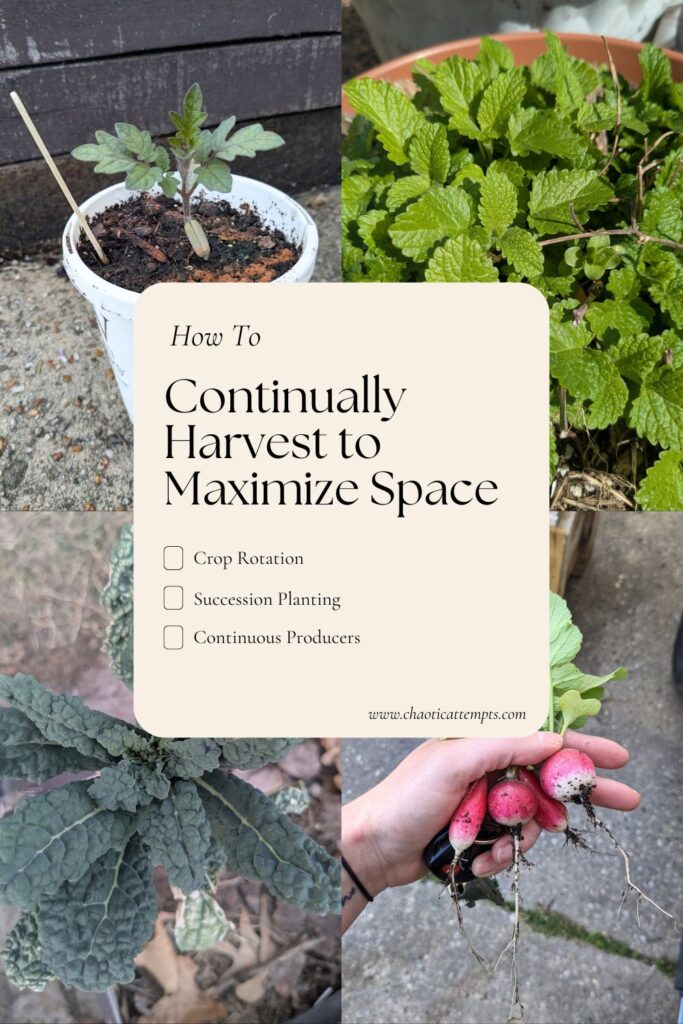
So you want to harvest all season long.
It’s possible. Not only is it possible, but it’s so possible that there are multiple ways to do it.
The most common ways to harvest all season long are:
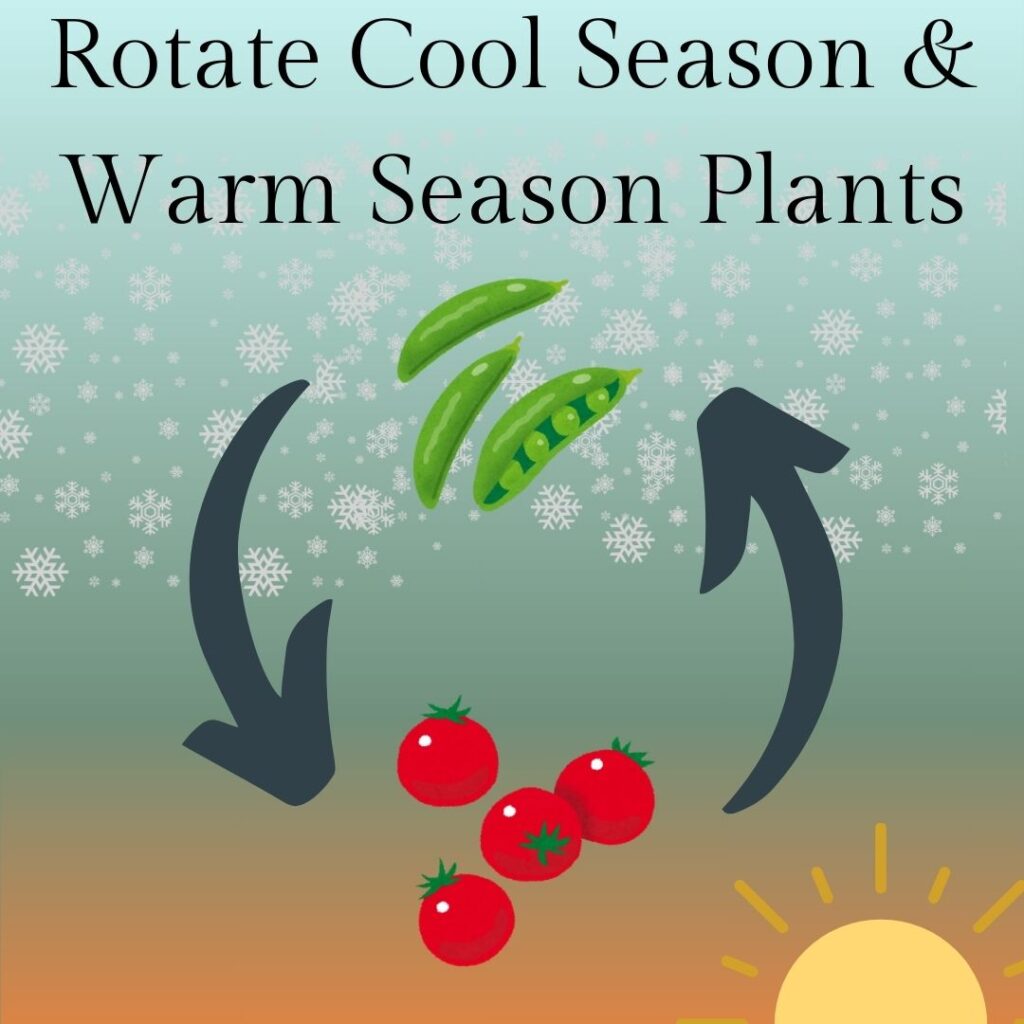
There are two major groups of annual plants: warm season plants and cool season plants.
Warm season plants thrive in the heat of summer. They need heat to germinate and tend to shrivel up when hit by a frost. Think peppers, tomatoes, cucumbers and melons. Most of these plants take a long time to mature, but also provide a large harvest of your favorite foods.
Cool season plants thrive in cooler temperatures. This does not mean they like snow! But they can usually tolerate light snow and nighttime temperatures in the 30s. Think peas or spinach. These plants tend to mature more quickly, but have a shorter lifespan.
A very common method to get the most out of your garden is by planting cool season plants in the fall or early spring, harvesting that plant when it starts to die back or bolt, and then planting a warm season plant in it’s place. That means you’ll be able to harvest something for the majority of the growing season.
For example: I LOVE sugar snap peas. I like to plant them in the spring, harvest them until the heat kills them and then I use the same container (this year it’s a bucket) with the same potting mix for hot peppers or tomatoes.
A word of caution: some plants do not do well planted after one another. I try not to plant tomatoes in the same pot I had spinach growing in because both plants require a lot of nutrients. The cool season spinach will have used those nutrients to produce its delicious leaves and there will be no nutrients left for my tomatoes. Instead, I will plant something that doesn’t require a lot of nutrients like carrots in that container after the spinach bolts.
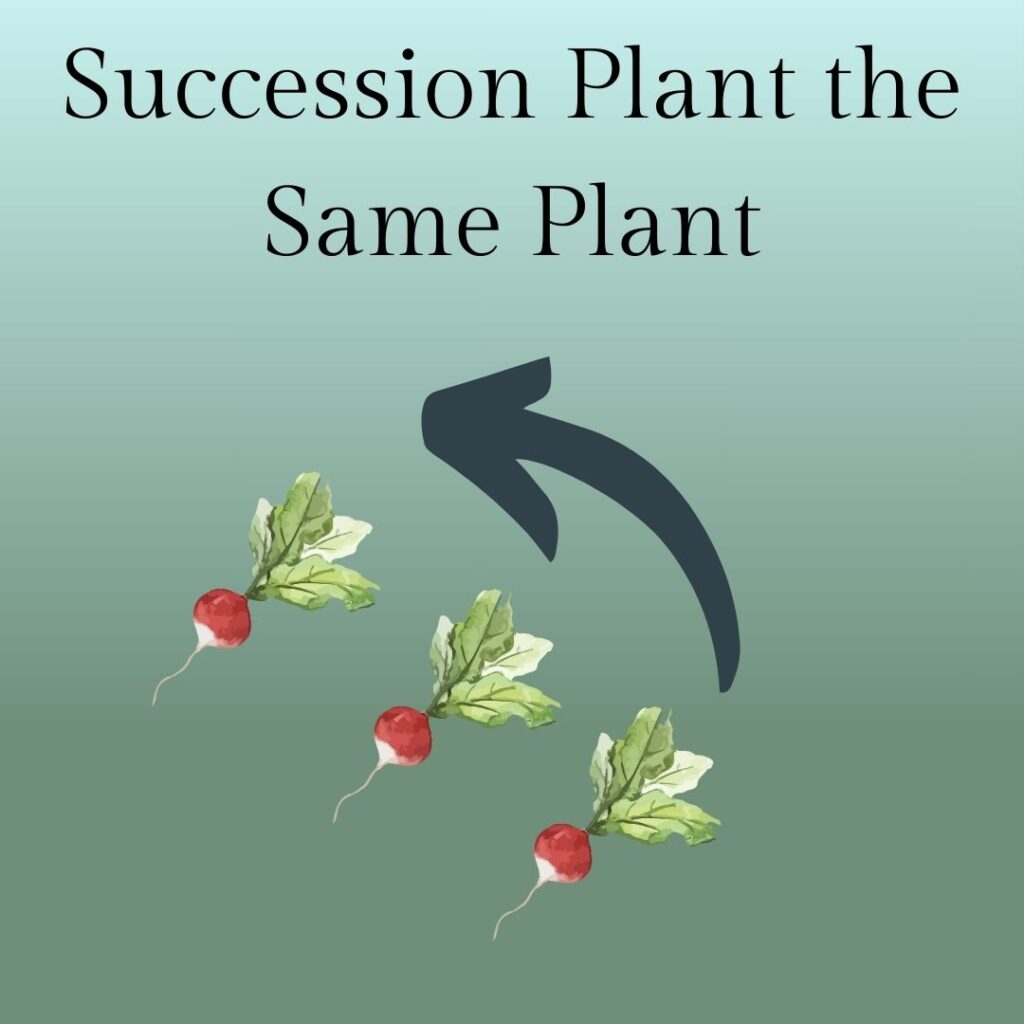
Some plants take a very short time to go from seed to fruiting. Other plants take a long time to reach maturity, but they only produce one big harvest. These are both great types of plants to succession plant in your garden.
Radishes and salad greens both have a very short growth time and can be planted and harvested again and again throughout the summer. When you harvest a plant, put a new seed in its place and you will get another harvest! For best results, plant your first seeds in the early spring, plant more seeds in a different spot about 2 weeks later, 2 weeks later harvest your mature plants and plant new seeds in their spots, and continue that pattern throughout the summer. I like to grow radishes in their own pot in the spring, but then I use them as a living mulch under my tomatoes and peppers in the heat of summer.
Bush beans and determinate tomatoes are great examples of plants that produce one big harvest. If you don’t plant all of your seeds at the same time, and instead plant them in groups each about 2 weeks apart, the plants will reach maturity at different times and you will have a more continuous harvest. This is a great option for folks that need to keep their pots closer together or folks who don’t want to be overwhelmed by tomatoes all at once. After the plant is spent, you can pull it out and leave that container empty, refresh your potting mix for a new plant, or succession plant a different plant in the same container.
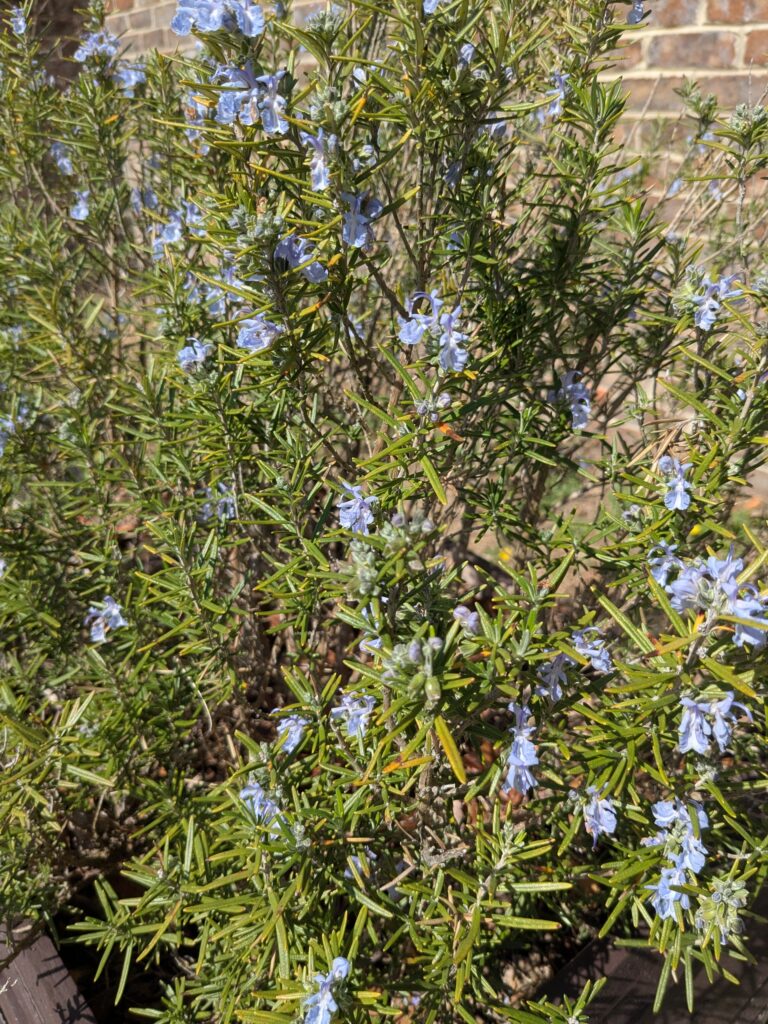

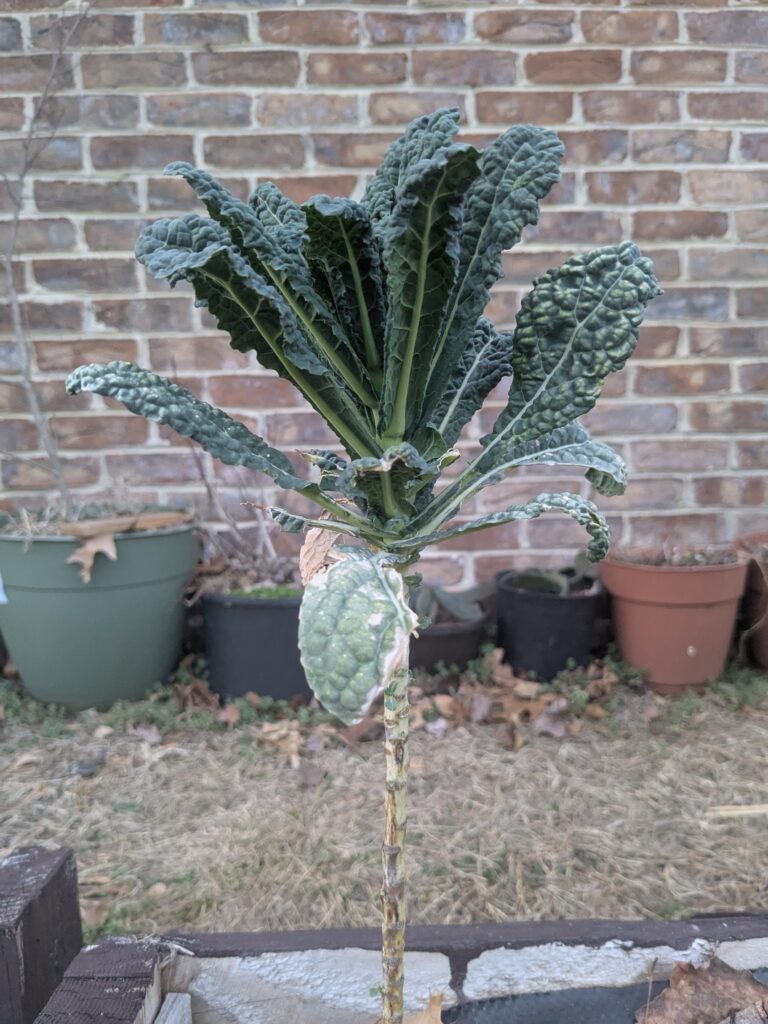
For me, the easiest way to create a continuous harvest is to grow plants that continuously produce.
Once they get going you can harvest herbs like lemon balm, basil, rosemary, spearmint and more over and over again. As long as you only harvest about 1/3 of the plant at a time and you give the plant adequate time to recover and produce new growth your basket will be overflowing with herbs on a continuous basis.
Greens like kale, romaine and collard greens can also provide a continuous harvest if you use the cut and come again method. In this method you take a few lower leaves from multiple plants when you need them and you don’t harvest the whole plant. The greens will produce more leaves in the center and top of their stem and you will have a continuous harvest.
Come veggies like indeterminate tomatoes and cucumbers will continuously produce once they hit maturity. They will grow new branches constantly and each new branch will produce new flowers which will set new fruit. For best results harvest the fruit as soon as it is ripe so that your plant can put more energy into growing new branches with new flowers and fruit.
Finally, there are some plants that give you bulk harvests multiple times throughout the season. I am thinking of you Serrano peppers! I’ve found that many of my hot pepper plants will flower and set a lot of fruit, but then as soon as I harvest that fruit the plant will produce new flowers about a week later and start the process over again.
If abundance is your garden goal then you can do it! It just takes a little bit of time in the planning stage. But with the proper varieties, the proper timing, and the willingness to let things get a bit chaotic every now and then you can harvest all spring, summer and fall.
Pro-tip: I highly recommend keeping a garden journal. The journal will help you keep track of when to plant, when to harvest and where you’re planning to succession plant. Any old notebook will do, but if you’d like a pre-made one I am going to shamelessly promote The Neurodivergent’s Garden Journal on Amazon. You don’t have to be neurodivergent to use it, but I am, and I based this journal off of my personal notebook so that’s the title it got.
Good luck!
Online Resources:
Books I Love:
I am an Amazon Associate and that is reflected in the below affiliate links. I will make a small commission if you purchase the below books with my affiliate link. That being said, please check your local or favorite indie book store for them! I’d much rather you support a small business than give me a kick-back.